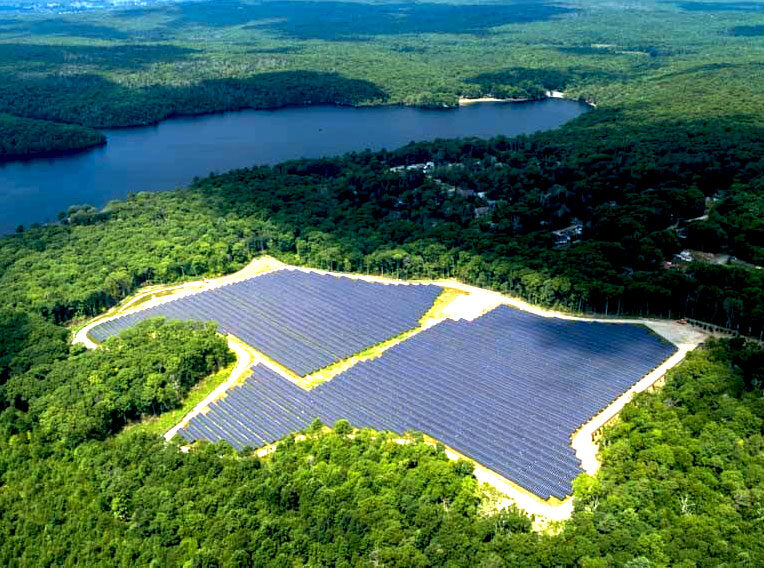The Reality of Building Solar in Shutesbury, Massachusetts

This is a summary of an article by Dan Winslow which appeared in the Daily Hampshire Gazette.
Massachusetts has immense potential for solar energy. Yet, some local governments are blocking progress despite state laws that protect solar development. Currently, Massachusetts ranks 49th in energy generation within its borders, heavily relying on natural gas.
To meet decarbonization goals by 2050, the state needs 27-34 gigawatts of solar energy, which is over ten times the current capacity. The Department of Energy Resources reports the state has 15-18 times the potential needed. Ground-mounted solar has the highest potential, estimating 60 GW could be produced from large scale solar farms.
Data from the EPA reveals that solar farms offset carbon production more than the trees they replace. Removing trees, which is sometimes necessary for ground mounted solar farms, creates instrumental environmental impacts by providing pollinator meadows and agriculture uses alongside effective decarbonization. Solar farms create biodiversity and renewable energy which makes them a valuable resource for the environment and communities.
The "Dover Amendment" protects solar energy systems from local interference unless it concerns public health or safety. A recent court decision favored solar development, but restrictive bylaws in towns like Shutesbury hinder progress. Ongoing litigation shrinks valuable resources and tax dollars, depriving communities of new revenue and essential services. Blocking solar development thwarts thousands of new tax dollars that towns could receive.
It's time for Massachusetts to prioritize climate action, support solar energy, and ensure local regulations align with state goals for a sustainable future. Without everyone on the same page, the state won’t be able to reach their decarbonization goals.
Read the full article → Guest columnist Dan Winslow: Wrongly blocking solar in Shutesbury (gazettenet.com)




